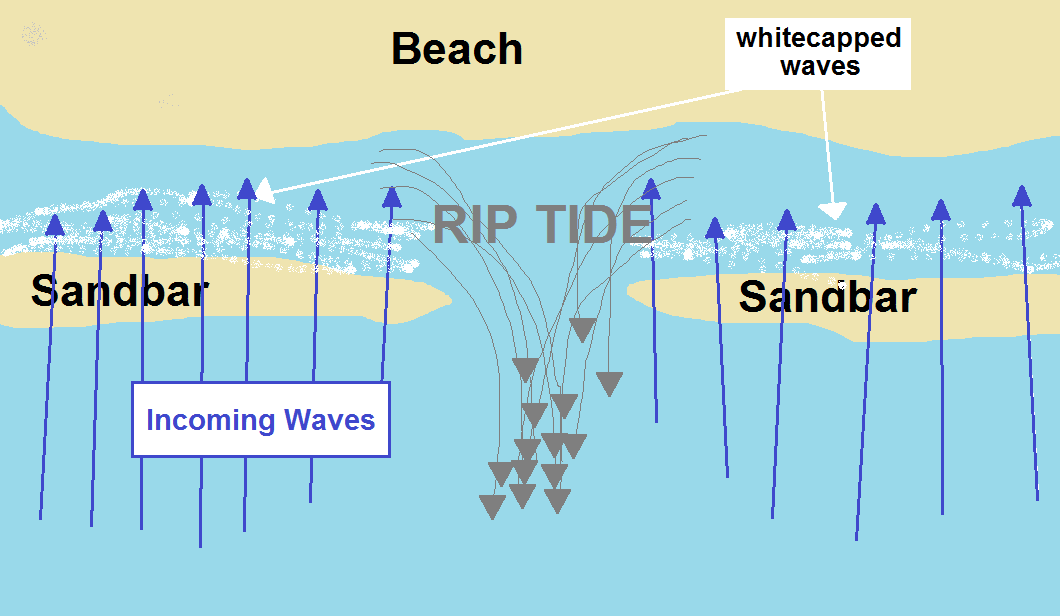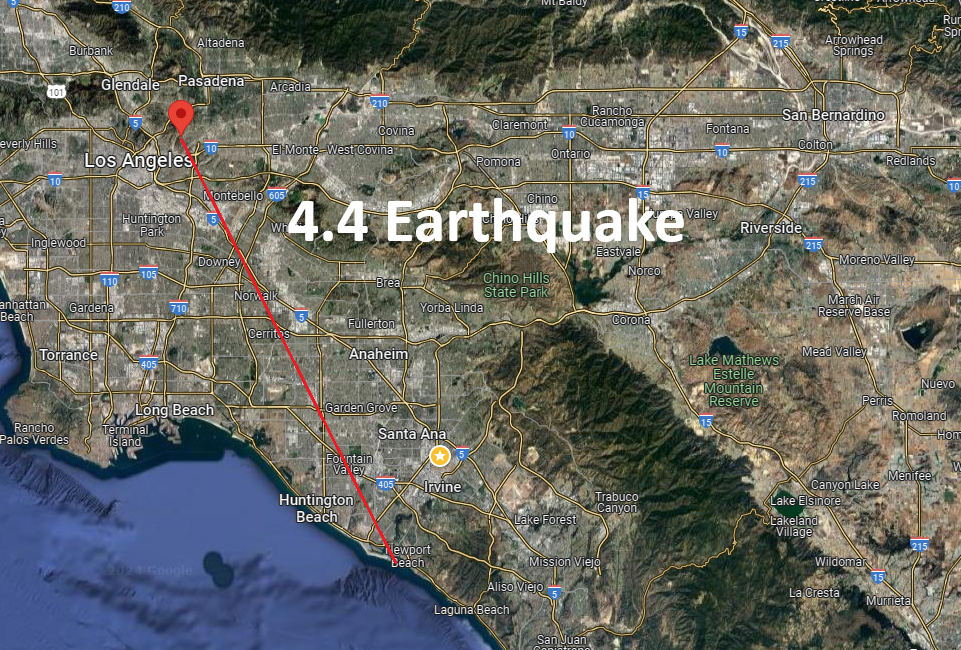Share this article with your kids and friends who are new to the ocean.
This long weekend, we are experiencing some significant rip tides.
Growing up, we called these “undertows” or “rip tides”, but the proper name for them is actually “rip currents”. This is the place where the backwards-wash from the surf exists the beach to rejoin with the rest of the ocean, and it’s the cause of 80% of all rescues in the surf environment.
As you probably know, surf breaks happen where the bottom of the ocean has a bit of a rise– or even a full-fledge sandbar. As the water comes in, it hits the ocean rise and then creates a wave on the surface, which then breaks.
As the water collects at the front of the beach, it suddenly begins to recede, and finds the path of least resistance in order to do so– which means the spot without the sandbar. All water rushes through this gully, and back out to sea.
Spotting rip tides can be easy, if you know what to look for. As the ocean water rushes back out, it tends to kick up a lot of sand. Look for discoloration in the water to key you in to where the rip tides are. Additionally, look for the “calm” areas of water– you know, the ones that look most inviting?
The biggest problem with rip currents is that they appear to be in the least-turbulent spot– where it is tempting to swim or have children swim. Just because waves aren’t crashing in that location, doesn’t mean it’s safe. The correct decision is counter-intuitive, as it will avoid rip tides.
Here are some photos of well-pronounced rip tides. Many are not as easy to spot as these, but these images will give you a clue as to what to look for:
To escape a rip tide, do NOT try to swim back against the current. You will never win. Swim to the left or to the right to escape the rip tide by swimming sideways along the shoreline. Afterwards you can swim back to shore.
Stay safe out there!
 Save Newport Real News in Newport Beach
Save Newport Real News in Newport Beach







